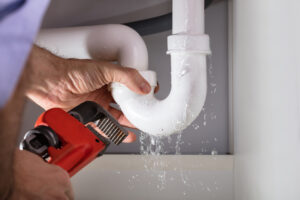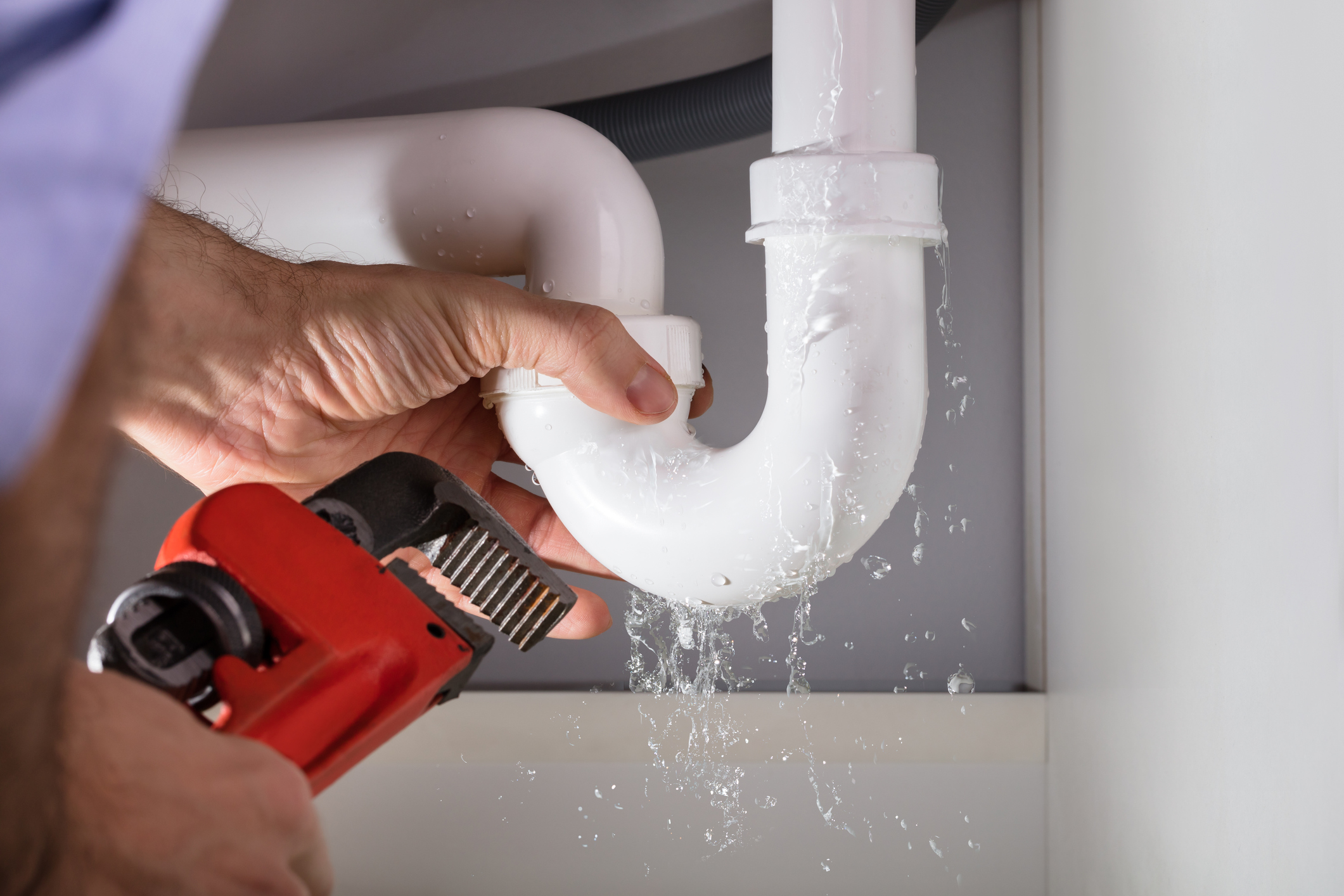Dunedin Plumbing is the system of pipes, fixtures, and other devices for supplying clean drinking water and carrying away waste water. The work of a plumber involves installing, maintaining, and repairing these systems. It is a skilled trade that follows health and safety regulations.
A home’s plumbing has two basic systems: supply and drainage. The supply system uses pressure to move fresh water into the house, while the drainage system relies on gravity to remove waste water.
In most areas, plumbing systems are connected to municipal water supply systems that treat and deliver drinking water to homes and businesses. These systems are typically based on groundwater but can also include surface water sources, such as reservoirs, lakes, and rivers. Water is pumped to pressure tanks located at high points in the distribution area (sometimes tall water towers). Water pipes then carry the water to each building, where it enters through faucets or other fittings.
Household plumbing piping is usually divided into hot and cold service lines that lead to the water heater. From there, the water is heated and directed to various rooms and appliances within the home. Older houses may contain piping made of corroded galvanized iron, while newer homes are likely to have copper, PVC, or plastic piping.
Drainage
Drainage is the process of removing excess water from an area. This is an important function for homes and businesses because excess water can lead to flooding, erosion, and soil compaction. In addition, drainage can also improve the quality of soil by reducing its moisture content. This is especially important in agriculture, where drainage can help crops grow by increasing their exposure to sunlight and air.
A clogged drain can be one of the most annoying problems in a home or business. Many people try to fix clogged drains themselves by pouring household products like drain cleaner down the pipe, but this isn’t always enough to clear the blockage. A professional plumber should be called in to clear more serious clogs and can use special tools to remove even the most stubborn debris.
The most common cause of a clogged drain is a blocked sewer line. If the main sewer line becomes clogged, wastewater and raw sewage will back up through any drains that are connected to it. This is most likely to happen in toilets because they are closest to the clogged line and usually have the biggest drain pipes. However, if the toilet doesn’t seem to be affected by a clog, check other drains in the house, including tub and shower drains and floor drains in basements.
If you live in a town or city, your house’s sewer drain lines will probably connect to the municipal sewer system under the street. If the municipality experiences a sewage backup, your home’s drains will behave the same way as if they were your own house line.
If your house or business has a lot of trees, it’s important to have proper drainage to prevent root invasion and groundwater contamination. In addition to preventing root invasion, proper drainage can also reduce the risk of flooding and erosion. A well-designed drainage system includes a network of underground and aboveground pipes that carry stormwater, runoff, and wastewater away from the building. The piping can be made from wood, metal, concrete, or PVC. The sizing and placement of drainage pipes depend on the site’s terrain, the climate and precipitation patterns, and the soil conditions.
Ventilation
Ventilation involves moving air into a building or room, distributing it, and then removing the pollutants created in it. It is important to prevent pollutants, such as carbon monoxide, from building up indoors. It also reduces humidity and helps prevent mold growth and wood rot. Ventilation can be natural or mechanical and is regulated by local codes.
Ventilation systems can be as simple as fans that draw in outdoor air to help cool homes or as complex as whole-house ventilation systems that force polluted air out of a home. Regardless, the goal is to provide fresh, clean air. The most effective way to use ventilation is in conjunction with keeping known sources of pollution, such as secondhand smoke and radon, out of the building.
The drainage and ventilation functions of a plumbing system work together. Drainage pipes carry waste out of the home either to the city sewer or septic tank, while vent pipes allow air into those pipes to keep them from clogging. Plumbing vents can also remove odors from the home and allow fresh air to circulate throughout the house.
During inspiration (inhalation), the diaphragm contracts and increases the thoracic volume, which decreases intraalveolar pressure and draws air into the lungs. Expiration occurs when the thoracic volume relaxes and the elastic recoil of tissue increases intraalveolar pressure, pushing air out of the lungs. Ventilation works by increasing the amount of oxygen in the bloodstream and decreasing the concentration of waste gases like carbon dioxide.
Ventilation is a critical part of a person’s medical care, especially in an emergency or serious illness. While it is not a substitute for good health habits, it can give people the time they need to heal and get well. It is also a great opportunity to discuss health goals with family members and to make advanced directives and healthcare powers of attorney. Then, if you need help breathing, they will know your wishes and have the authority to act on them. A ventilator can also save your life in an emergency or if you are very sick and unable to breathe on your own.

